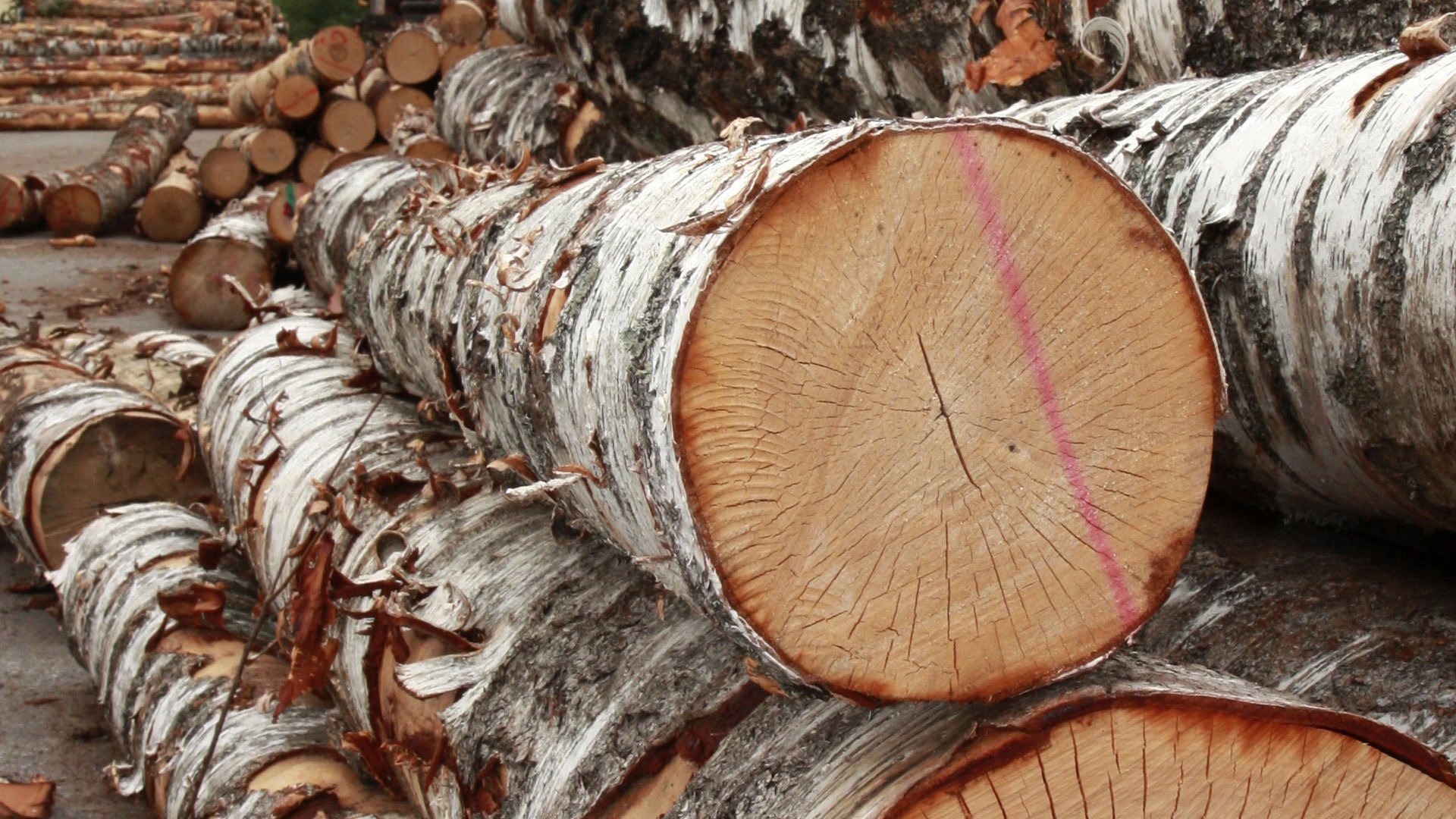Taken from the WISA website. Read the original article here.
Written by: Petra Niemi
A healthy, diverse and sustainably managed forest is not only a source of food and a mitigator of climate change but also the provider of high-quality wood material. 2020 marked the first-ever UN International Year of Plant Health. What does plant health mean and how can it be taken care of, especially in forests?
Biodiversity is the precondition for all functioning ecosystems. Plants remain healthier in diverse nature.
“Plant health means exactly what it sounds like, which is that the plant is healthy and well. Maintaining the health of trees involves monitoring and controlling plant diseases and pests already from the seedling stage onwards,” says Inka Musta, Senior Manager, Global Forest Affairs.
Drought and warm weather may increase the number of diseases and pests in trees.
“Drought may weaken plants’ resistance to diseases, just as happens to humans too. During the warm summer this year, for example the bark beetle, which destroys spruces, reproduces more actively. Damage caused by insects can then be followed by, for example, rot fungi and other pests. When the forest consists of several tree species, the same pests cannot cause damage to all of them. The spread of damages stops and the forests’ resistance to diseases remains good. In a way, diversity is nature’s insurance.”
Musta adds that with the movement of people and goods, alien species and pests can spread to new conditions. “We all have the responsibility to ensure that we don’t bring from other countries plants or seeds, for example, that contain the risk of spreading alien species, diseases or pests.”
The preservation of biodiversity and healthy forests are also the basis for UPM’s business. UPM is the first forest company to commit to enhancing biodiversity in its forests by 2030.
A healthy forest provides quality raw material
It takes decades for wood to grow to the size of a log tree. Growing a forest is a big investment for the forest owner, so taking care of the health of the forest also makes sense financially. Both the forest owner and the forest industry benefit when the logs can be processed as far as possible and the quality of the raw material is good. For example, in plywood production, high-quality raw material makes it possible to produce strong veneer that is as intact as possible. The WISA plywood produced from such veneer can then last for decades when properly taken care of.

Poor quality wood produces lower quality end products. However, even weakened wood can be used in the production of pulp or for energy if it is not suitable for sawn timber. How can forest wellbeing and tree health be influenced?
“What matters is how we regenerate our forests. Appropriate and suitable tree species should be planted or sown in different habitats, thus reducing the risk of pest damage already at the cultivation stage. Timely thinning of the forest and seedling management measures are important for the healthy growth of the forest. When felling, it is good to transport the timber out of the forest quickly, as felled tree trunks in the forest can help spread bark beetles or other pests,” says Musta. However, she points out that it is also good to leave lower-quality trees in the forests to safeguard biodiversity.
“Trees that are already dead do not pose the risk of bark beetles, which means that we should not go to the extreme of removing everything dead from the forests. Decaying trees are important for biodiversity. ”
Inka Musta emphasizes that the diversity of nature and forests is a part of the preparations for climate change. UPM is committed to ambitious climate goals and climate-positive forestry, which involves keeping forests as carbon sinks, mitigating climate change, and combating deforestation.
“There have been several forest fires also in Europe this year. When the forest burns, it becomes a source of emissions. When forests are well managed, the risk of forest fires is also reduced.”
https://www.wisaplywood.com/news-and-stories/news/2021/08/a-diverse-forest-produces-healthy-trees/

